UI Connecting Platform
User interface design for sustainability initiative SMARTilience from Halle an der Saale.
📅 2022Connect individuals through collaborative projects and information exchange
About
For the sustainability initiative SMARTilience from Halle an der Saale, we desinged an interface and created an interactive prototype for a ‘Smart Stakeholder Networking System’. The aim was to design a modern, serious and at the same time youthful user interface that networks environmental projects and promotes dialogue.
Understanding Before Designing
To kick off the project, we began by analyzing the user objectives provided by our professor. Based on these, we developed two proto personas to better understand potential users’ goals, tasks, and pain points. These user insights guided the creation of targeted tasks and detailed content maps, which we then translated into a user flow to visualize the overall structure. This user-centered approach enabled us to design a solution that directly responds to the needs and expectations of our proto personas.
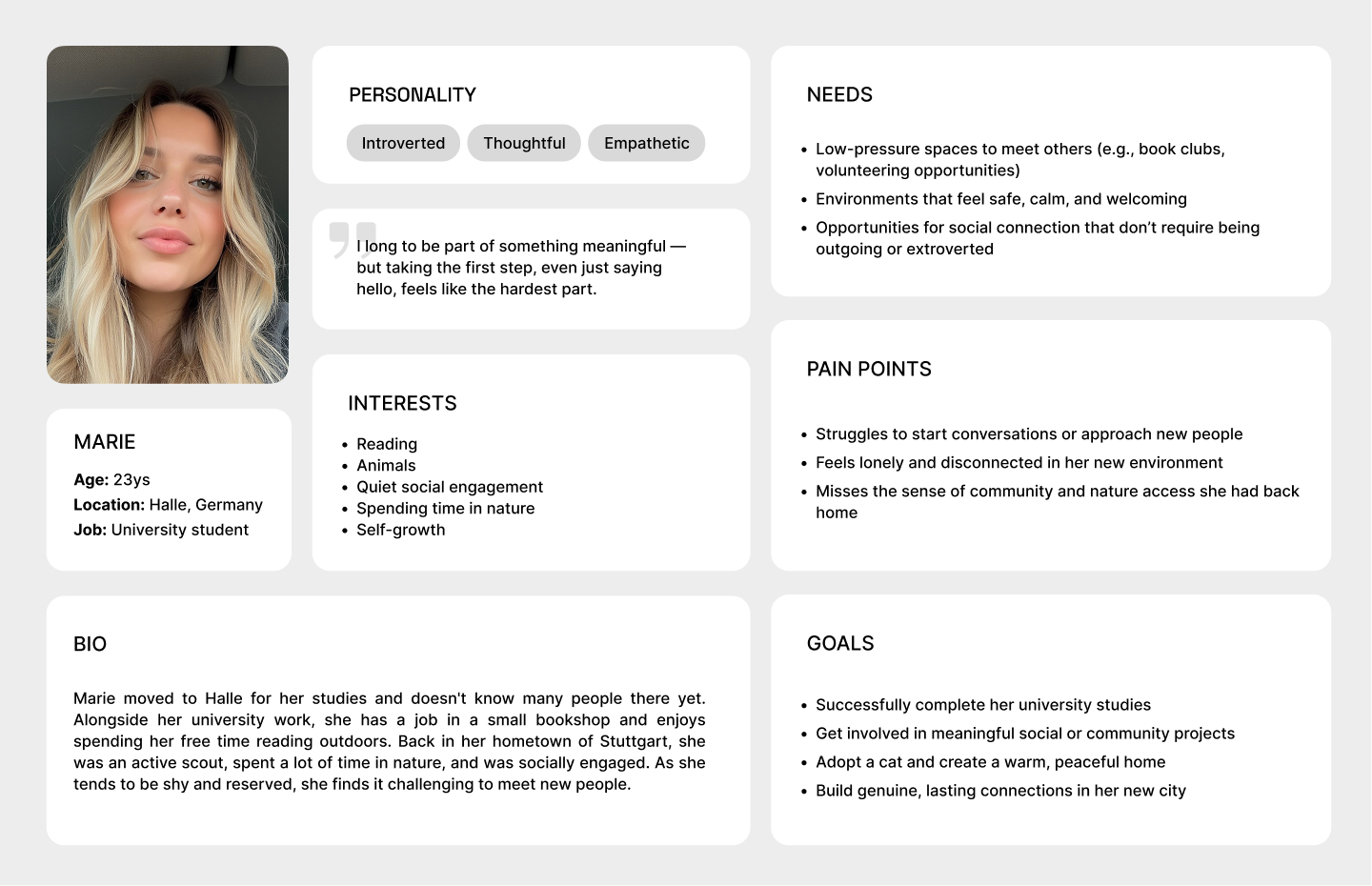
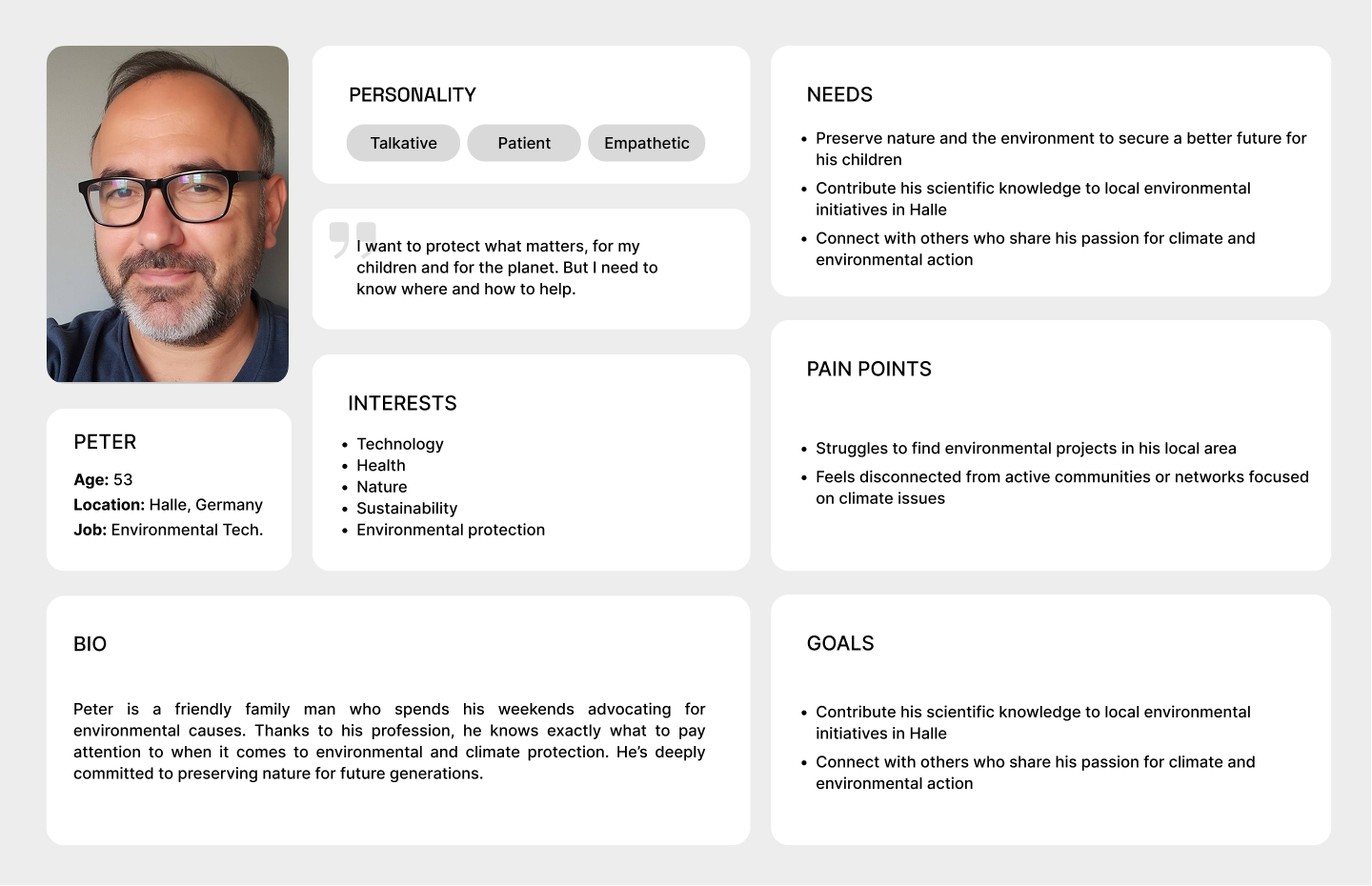
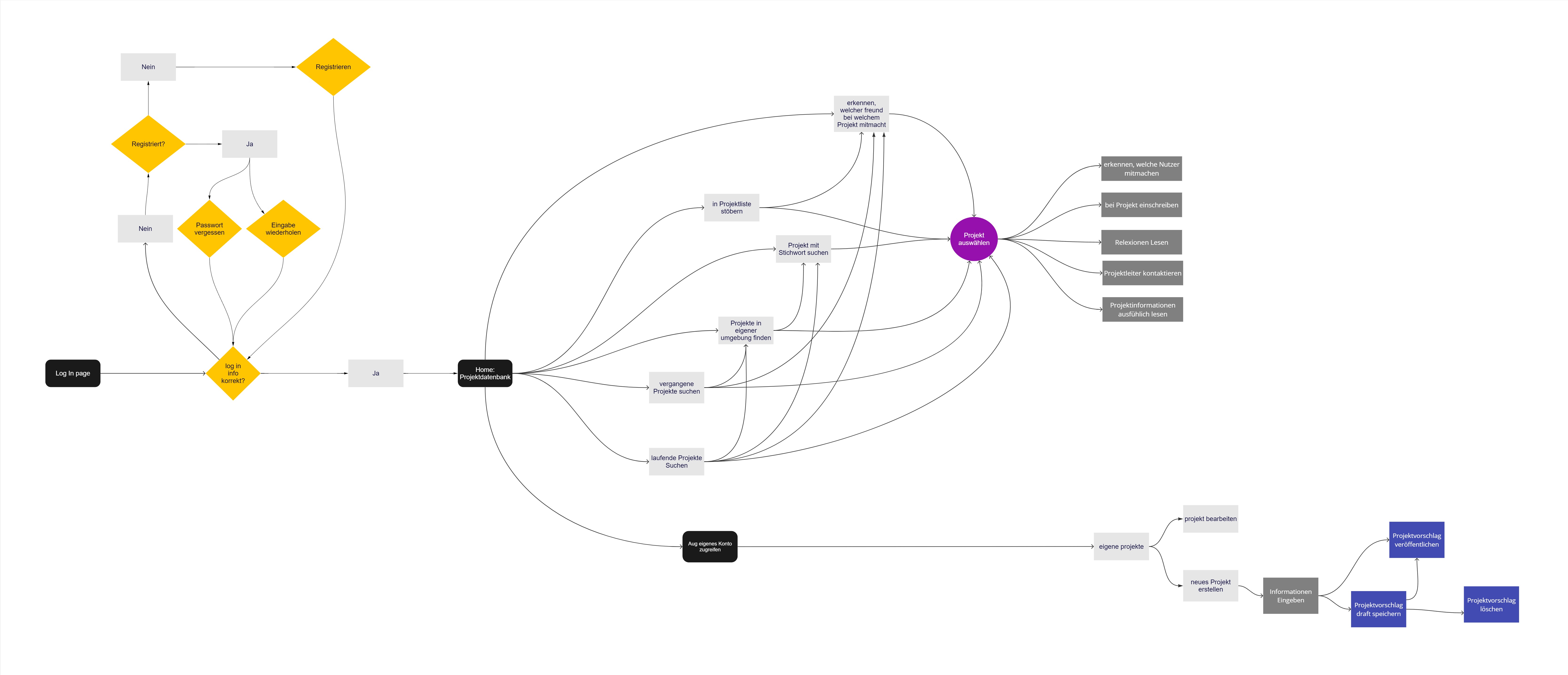
Translating Purpose into Pixels
During the UI design phase for the SMARTilience sustainability initiative in Halle an der Saale, our team began by creating a moodboard to capture our guiding idea and set the visual tone. We selected a color palette of yellow, green, white, and gray to reflect the initiative's commitment to environmental protection and maintain a young perception. We decided on a modularized atomic design, which allowed us to use elements sustainably and ensure uniformity throughout the web-based platform. We started with wireframes to meet user objectives set by our professors and transitioned to detailed design work in Figma. After several iterations and refinements, we developed the final interactive prototype in Axure.
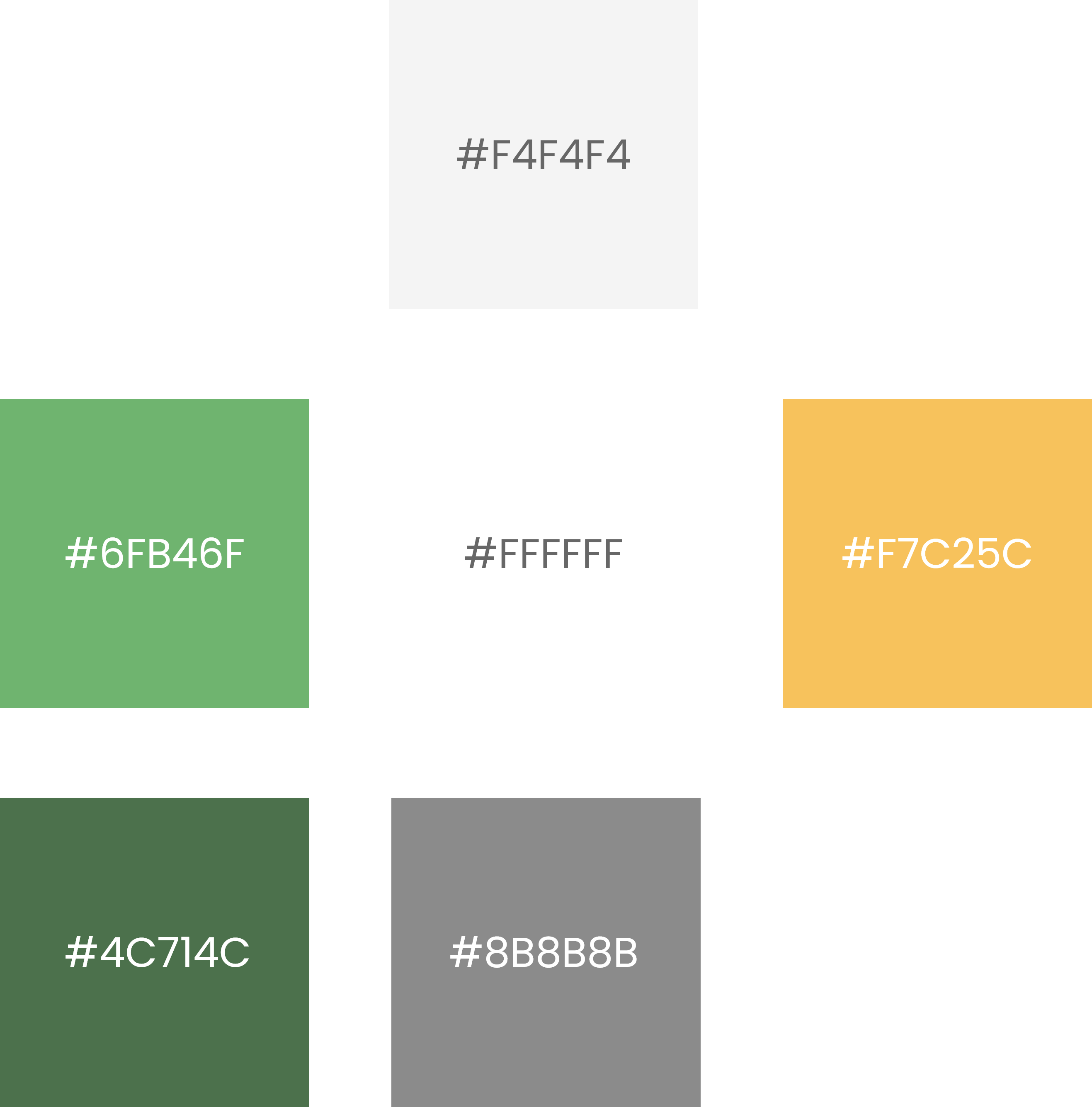
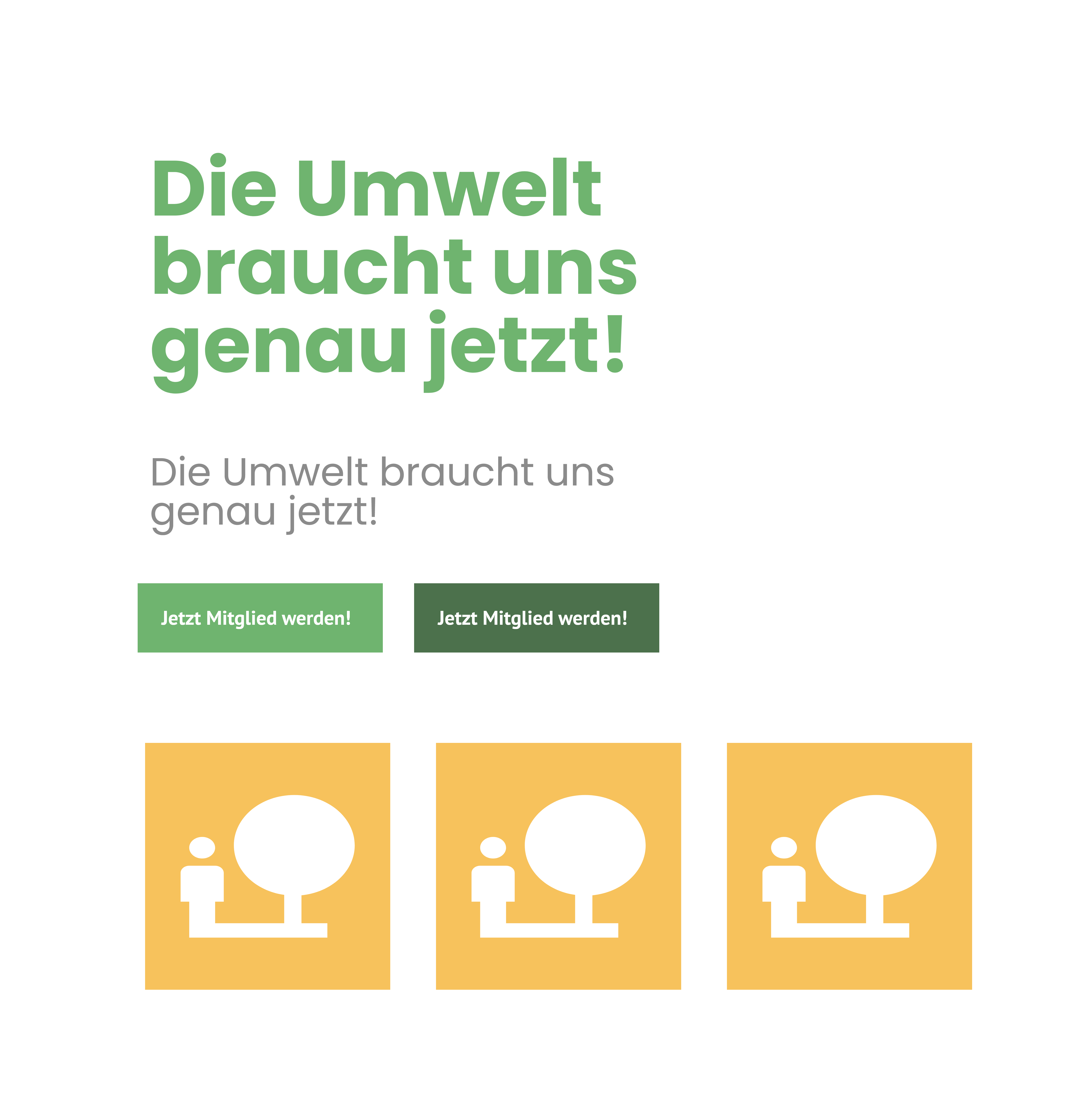
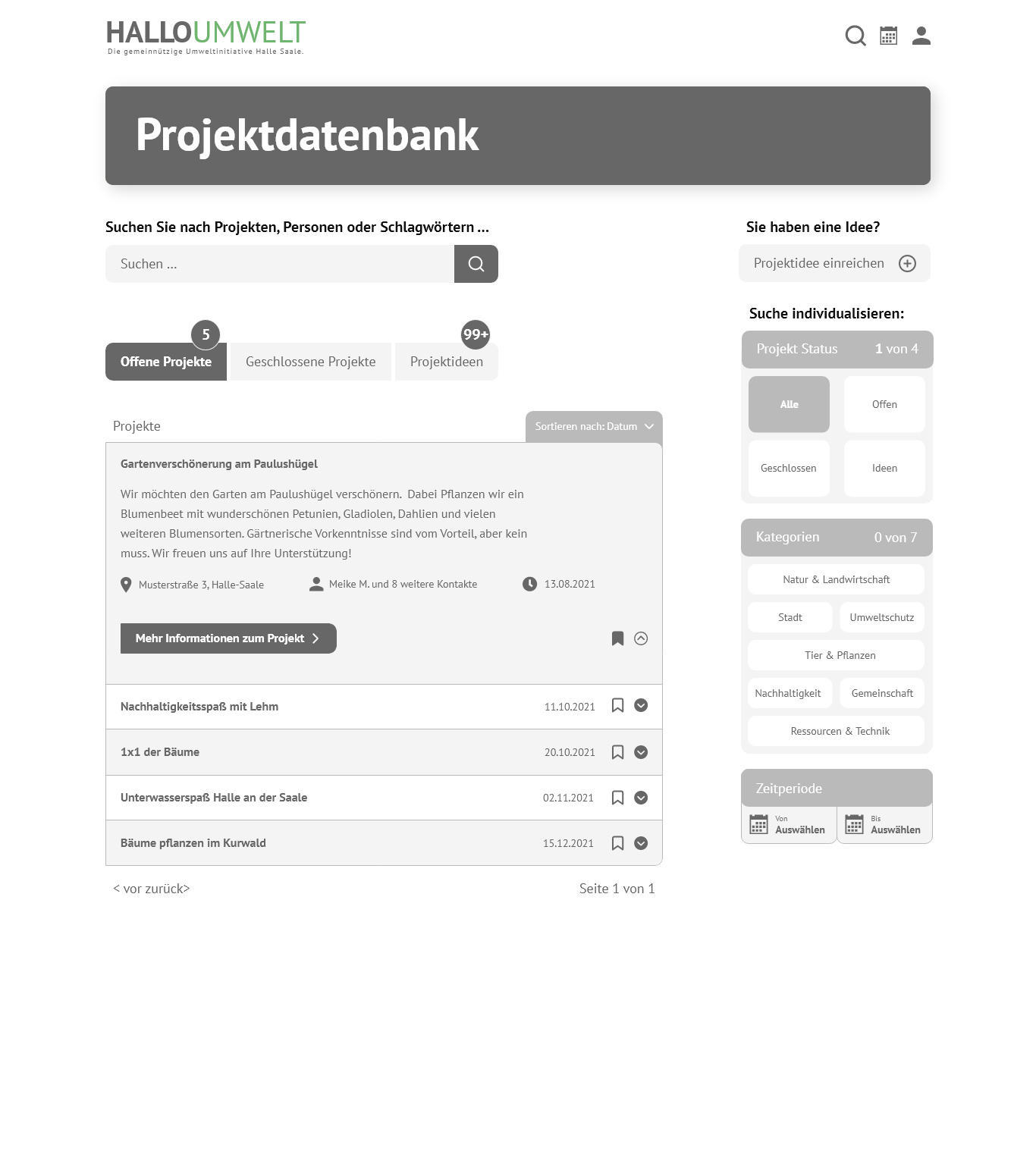
Key Skills and Insights Gained from the Project
During this student project, I developed strong teamwork skills and practiced effective communication within a collaborative setting. I deepened my expertise in design tools such as Figma and Axure, which allowed me to bring concepts to life more efficiently. I learned the importance of time management and staying flexible when project requirements evolved. Additionally, I gained valuable experience in building a consistent and cohesive design system, ensuring a unified user experience across all components.
